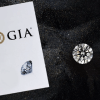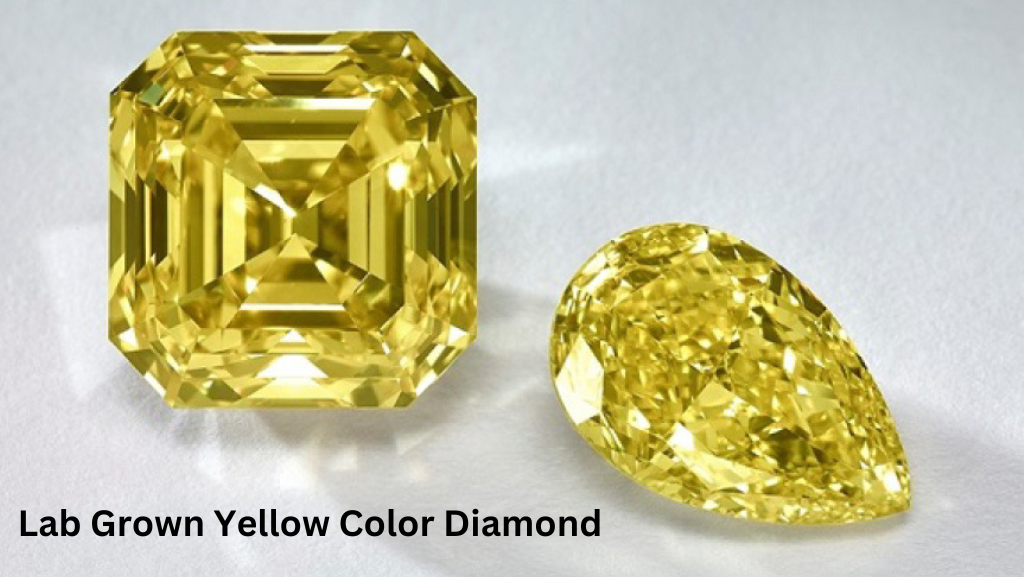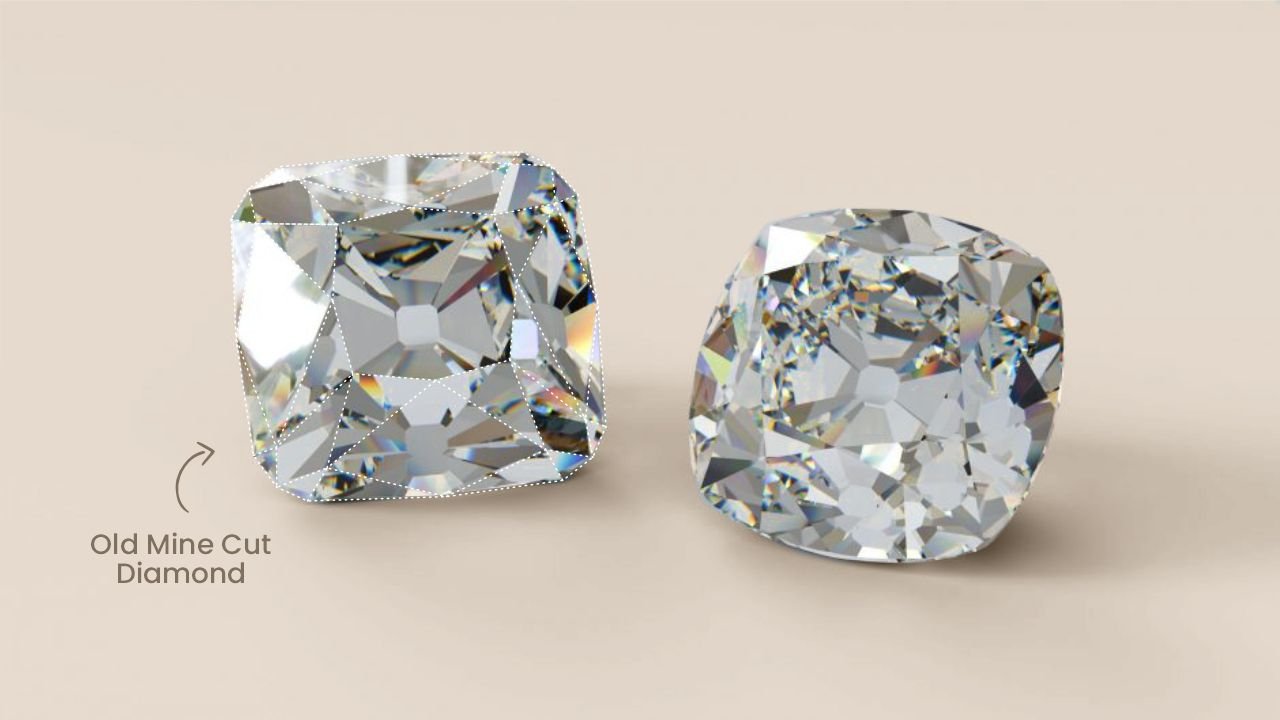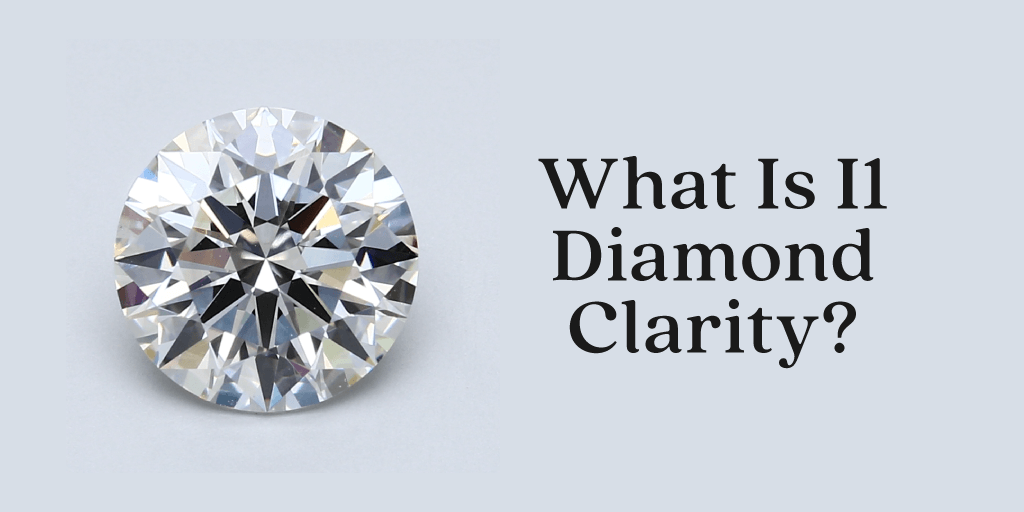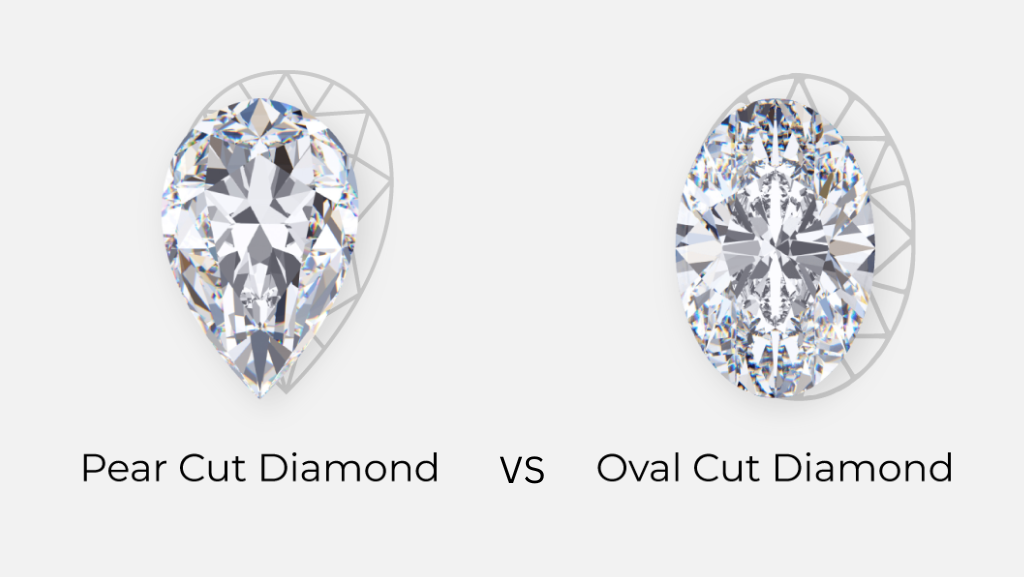How Lab Created Diamonds are Made?
Natural diamonds are made by precise and perfectly bonded carbon crystal lattices. Due to this, they gain immense strength. According to scientists natural diamonds are created under extreme pressure and high temperature, they take about 1 billion to 3 billion years to form depending on the conditions.
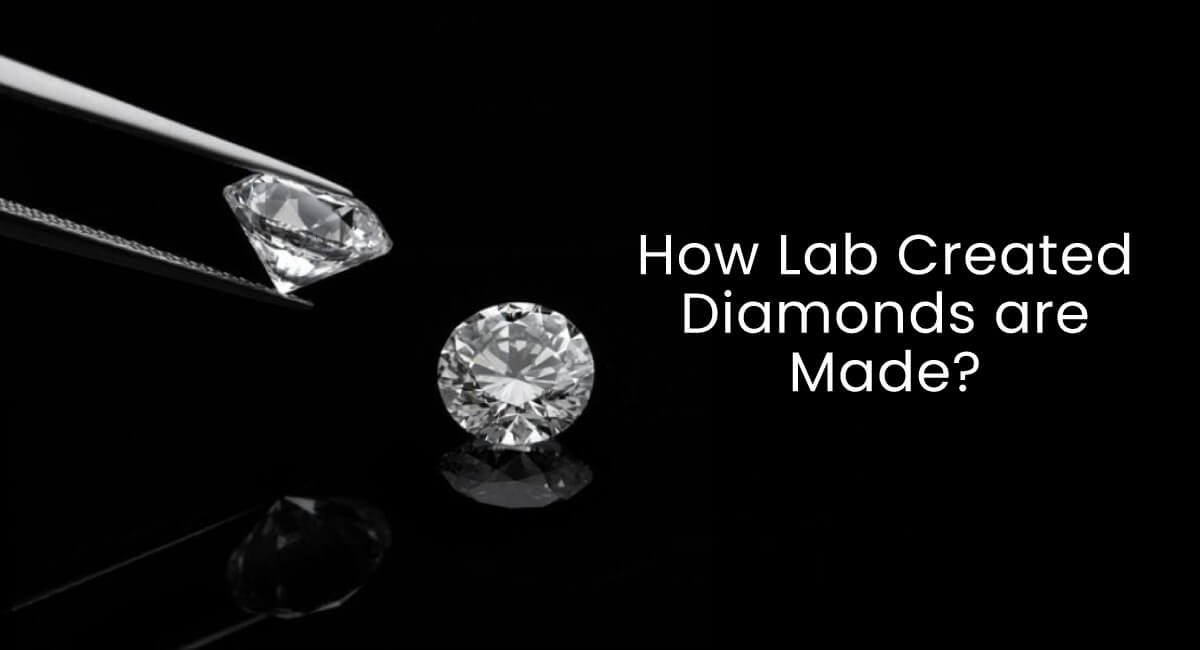
Man made diamonds, on the other hand, are created within six to eight weeks. These lab grown diamonds are created in a controlled environment, with the help of advanced technology. It is like a chamber in which the material is put which will later be converted into a loose diamond. The chamber replicates the conditions of the earth’s crust, which are needed to create a man made diamond.
But have you ever stopped to wonder how these dazzling gems are made? In this comprehensive guide, we’ll take a deep dive into the intricate process behind lab grown diamond creation, uncovering the science and technology that makes it all possible.
After a man made diamond is created it is cut into different shapes, polished, and graded just like a normal natural diamond. A man made diamond has the same physical, chemical, and optical properties as that of a natural loose diamond. Due to this, it becomes nearly impossible to tell the difference between a lab grown diamond and a natural loose diamond, with the naked eye.
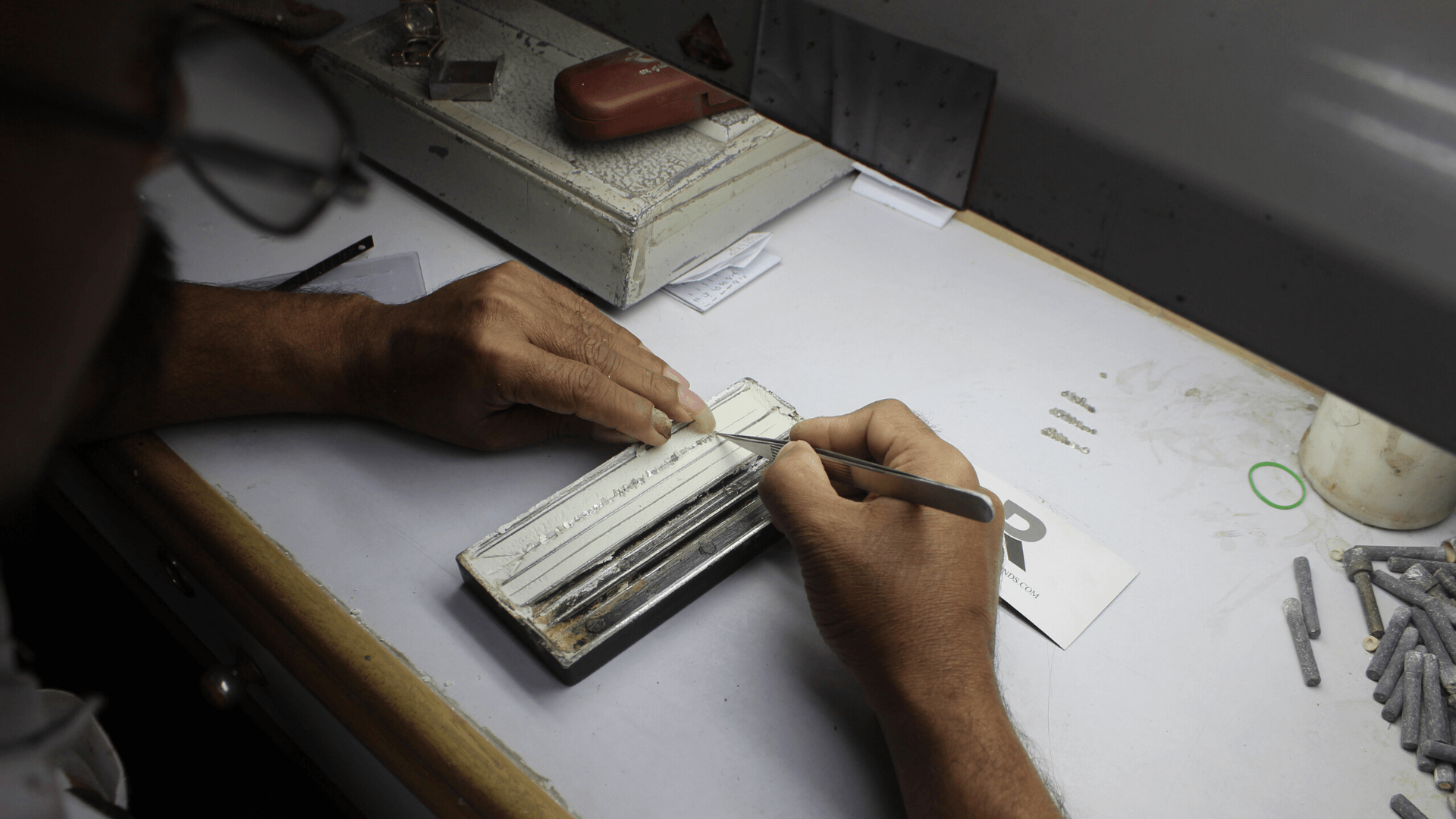
To tell the two apart special types of equipment and a professional is needed to inspect them. Man made diamonds are a revolutionary discovery that reshaped the whole diamond market. These loose diamonds have many benefits and somewhat more benefits than natural diamonds.
There are Mainly Two Main Methods that Opted to Create Man Made Diamonds:
1. CVD Diamond Method
2. HPHT Synthetic Diamond Method
Now let us briefly explain both of these methods, and how they are used to create loose, white, and fancy diamonds.
CVD Diamond Method
CVD stands for Chemical Vapour Decomposition, it is used to create high-quality loose diamonds. In this method, a material is put inside a chamber in the presence of a pure rich carbon plasma. As soon as the process starts, carbon atoms get deposited on the material, and with time it forms a man made diamond.
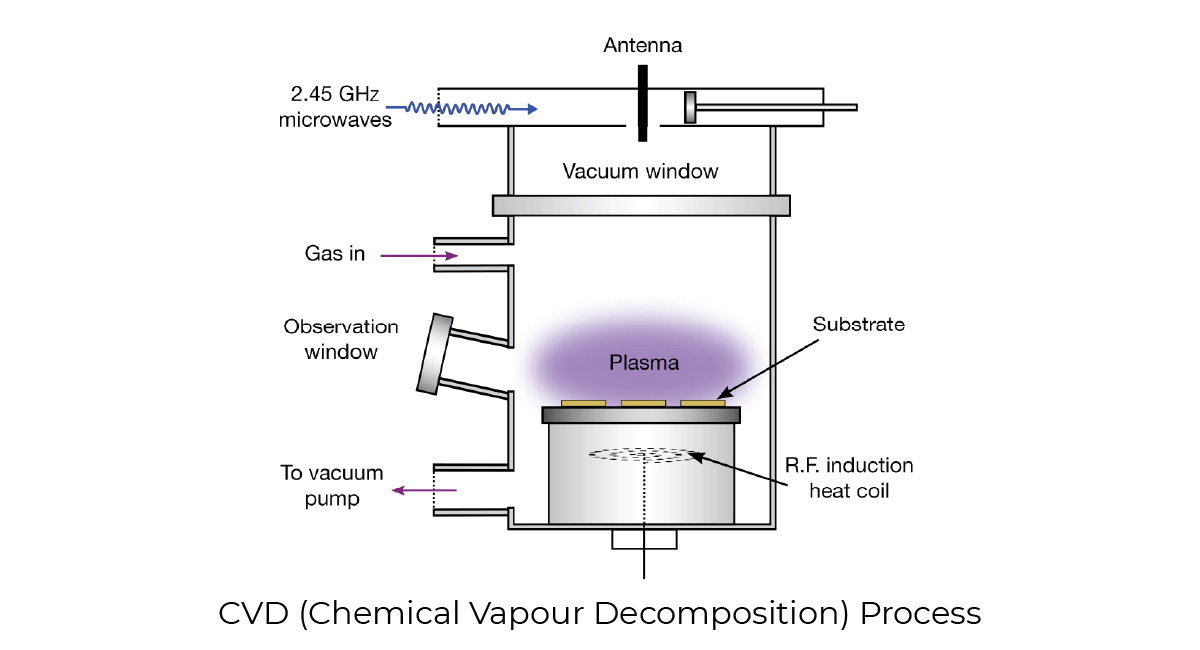
To get colored fancy diamonds, specific trace elements are inserted into the carbon crystal lattice during the growing phase. Depending on the amount of trace element and type of trace element inserted, does the fancy diamond get its color.
CVD Diamond method also has some types, which are:
• Plasma Enhanced Chemical Vapour Decomposition (PECVD)
• Microwave Plasma Chemical Vapour Decomposition (MPCVD)
• Low-pressure Chemical Vapour Decomposition (LPCVD)
• Ultra-High Vacuum Chemical Vapour Decomposition (UHVCVD)
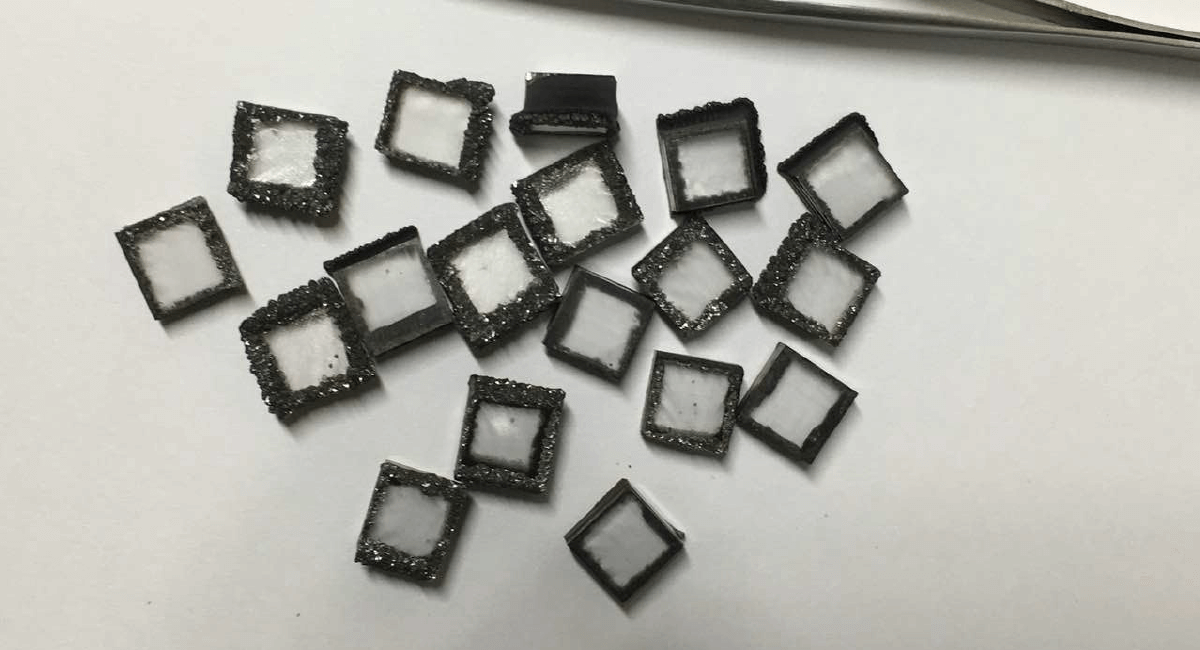
HPHT Synthetic Diamond Method
HPHT stands for High-Pressure-High-Temperature, which is also the procedure used to create man made diamonds. An HPHT Synthetic Diamond making machine is able to generate 60,000 ATM (atmospheric pressure) and 2500°C temperature. Thus forming an environment similar to that under the earth’s crust, which assists the formation of a man made diamond.
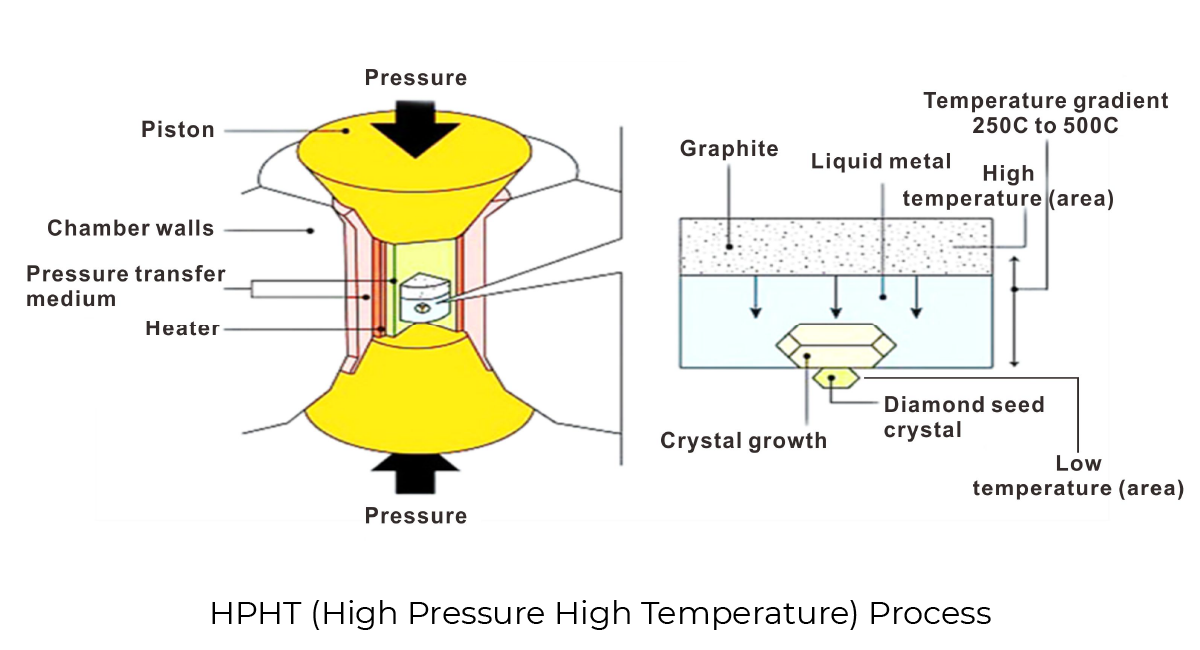
The elements and materials used to create lab-grown loose diamonds are:
- A tiny diamond seed
- Highly refined graphite
- A high-quality catalyst mixture containing metals and powders
When the machine is turned on, due to high pressure and high temperature, the catalyst mixture turns into a molten form. Which then causes the refined graphite to dissolve in it, and form various layers over the diamond seed. Then after the cooling is done, an HPHT synthetic diamond has been formed.
To carry out the HPHT Synthetic Diamond making method, and apply the required conditions, two types of machines or press designs are used.
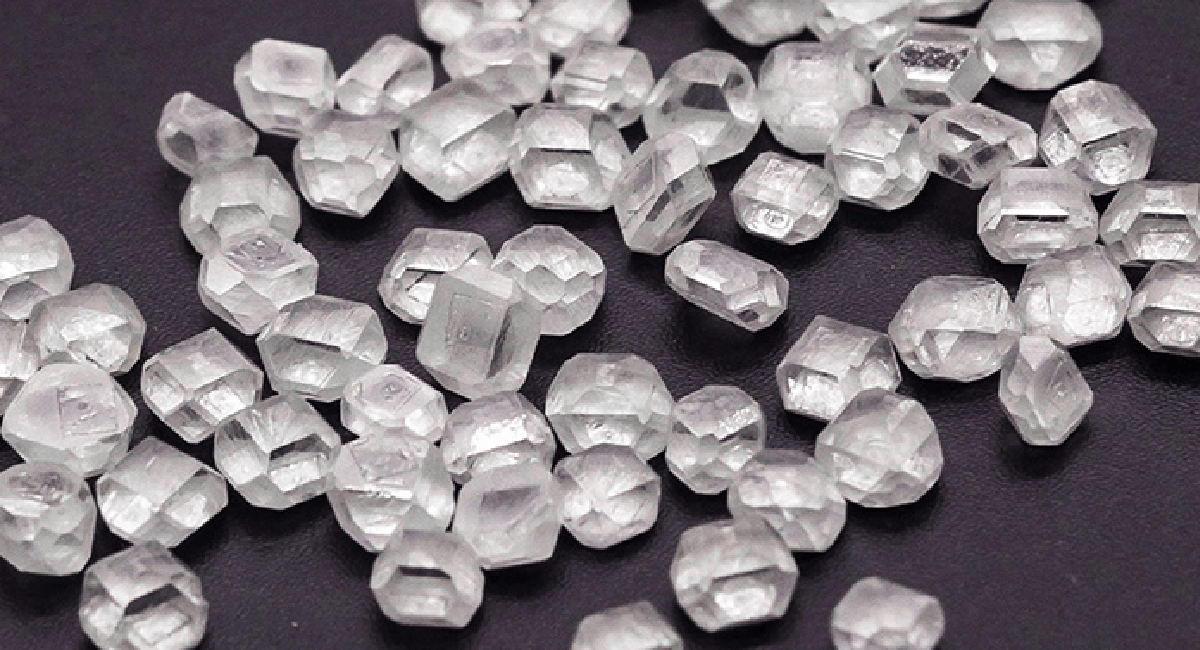
Cubic Press- Creates high temperature and pressure with the help of pistons, which are located throughout the machine and provide pressure from different directions.
Belt Press- In this machine high pressure is formed by two strength pistons. These pistons apply equal pressure in opposite directions.
Shape
Carat
Cut
Color
Clarity
Price
oval
2.50
Ideal
D
IF
$5684 $5413
View
cushion
2.51
Ideal
E
VVS2
$1629 $1551
View
emerald
2.60
Ideal
F
VVS2
$1181 $1125
View
princess
2.51
Ideal
E
VS1
$1243 $1184
View
round
2.36
Ideal
I
VS1
$862 $821
View
princess
2.51
Ideal
J
VS2
$1449 $1380
View
oval
2.56
Ideal
E
VVS2
$4363 $3272
View
round
2.60
Excellent
D
VVS1
$4384 $3726
View
emerald
2.41
Excellent
F
SI1
$1508 $1131
View
round
2.35
Ideal
F
VS1
$1159 $985
View
oval
2.52
Ideal
D
VVS2
$4619 $3464
View
oval
2.52
Ideal
D
VVS1
$5155 $3866
View
emerald
2.50
Ideal
D
VVS1
$3800 $2850
View
princess
2.34
Ideal
F
VS1
$1739 $1304
View
oval
2.58
Ideal
E
VVS1
$4725 $3544
View
oval
2.51
Ideal
D
VVS1
$5133 $3850
View
oval
2.53
Ideal
D
VVS1
$5173 $3880
View
oval
2.53
Ideal
D
VVS1
$5157 $3868
View
oval
2.55
Ideal
D
VVS1
$5213 $3910
View
round
2.58
Excellent
E
VVS1
$4722 $4014
View
Should You Buy Lab Created Diamonds?
Whether or not you should buy lab grown diamonds depends on various factors, including your personal preferences, ethical considerations, and budget. Here are some points to consider:
To start, let’s explore the benefits of diamonds produced in laboratories.
Lab grown diamonds are created in controlled environments, eliminating the need for environmentally destructive mining practices and reducing the risk of exploitation associated with traditional diamond mining.
Lab created diamonds often come at a lower price point than natural diamonds, making them accessible to a broader range of consumers.
Like mined diamonds, lab grown diamonds can be certified by reputable gemological laboratories.
Lab grown diamonds are virtually identical to mined diamonds in terms of appearance and chemical composition. They exhibit the same brilliance, sparkle, and durability as natural diamonds. If you’re concerned about quality, rest assured that lab grown diamonds can be just as beautiful and durable.
Ultimately, your choice to purchase lab grown diamonds hinges on your priorities and principles. If you prioritize ethical and environmental considerations while seeking a more budget-friendly option, purchasing certified lab created diamonds from LGD at the best available price might be appealing.
Why Lab Grown Diamonds?
Mining Free
“NO MINING” is required for lab created diamonds.
Elevate your jewelry with mining free Lab Grown Diamonds
Quality
Lab created diamonds have the same
quality and optical properties as natural diamonds.
Valuation
Lab created diamonds contribute excellent value,
and are more affordable than natural diamonds
Conclusion
Hence to create a man made diamond a controlled environment and specific conditions are needed. Lab grown diamonds are more eco-friendly than natural white diamonds or natural loose diamonds. Lab grown diamonds do not require intense mining, which degrades the environment, soil, and vegetation.
Lab grown diamonds are preferred over natural diamonds. And, with the ability to create any type of loose diamond or fancy diamonds these man made diamonds have gained immense popularity.
FAQs
Are lab created diamonds real diamonds?
Yes, lab created diamonds possess the same chemical composition, physical properties, and optical characteristics as natural diamonds. They are real diamonds in every sense of the word.
Are lab created diamonds less expensive than natural diamonds?
In general, lab created diamonds are more affordable than their natural counterparts, as the production process is more cost-effective and less resource-intensive. However, prices can vary depending on factors such as size, quality, and market demand.
Are lab created diamonds environmentally friendly?
Yes, lab created diamonds are a more sustainable and eco-friendly alternative to traditional diamond mining. By eliminating the need for mining, they help reduce the environmental impact associated with land disruption, water usage, and carbon emissions.

